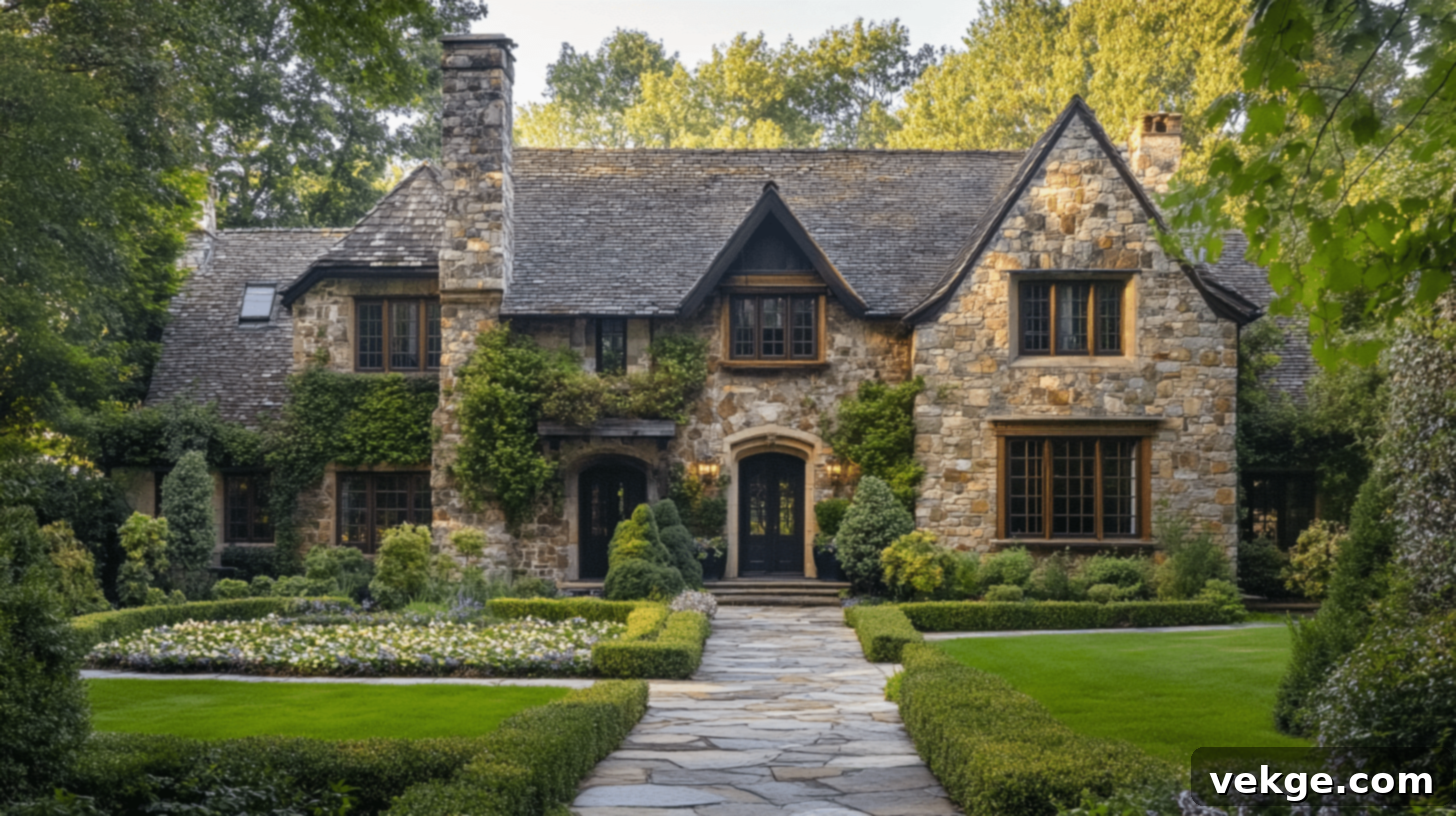Embrace Timeless Charm: A Comprehensive Guide to English Cottage Style Exteriors
Are you yearning to infuse your home with an unparalleled sense of history, comfort, and natural beauty? The English cottage style offers a captivating blend of rustic elegance and cozy appeal that truly transcends fleeting trends. Imagine a home that feels not just built, but grown from its surroundings, inviting you in with its inherent warmth and genuine character.
With their distinctive steep roofs, a harmonious use of natural materials, and an embrace of welcoming, often whimsical gardens, these homes effortlessly create the comforting sanctuary many homeowners actively seek today. This architectural style embodies a slower pace of life, a connection to nature, and an appreciation for craftsmanship that resonates deeply in our fast-paced world.
As modern lifestyles shift towards more mindful living and a desire for intimate, thoughtfully designed spaces, an increasing number of people are drawn to the enduring charm of cottage-style homes. This aesthetic is remarkably versatile, proving equally successful for brand-new constructions seeking a rooted, established feel, and for extensive renovations aiming to breathe new life into existing structures. It masterfully bridges the gap between traditional aesthetics and the modern comforts we expect in contemporary living.
Every single feature contributes to the home’s authentic allure, telling a story of tradition and artistry. From the welcoming embrace of a subtly arched doorway that hints at warmth within, to the vibrant explosions of color cascading from flower-filled window boxes, each element is thoughtfully chosen to create a cohesive and enchanting exterior. This guide will meticulously walk you through the essential components that define the beloved English cottage style, providing you with the inspiration and practical knowledge to transform your own residence into a picturesque haven.
Understanding the Enduring Appeal of English Cottage Exteriors
Historical Background: Roots of Rustic Beauty
The origins of English cottages can be traced back to the medieval period, where they served as humble, yet vital, dwellings for farm workers and skilled craftspeople. These early structures were inherently practical, utilizing materials readily available within their immediate surroundings. This localized approach led to a rich diversity of styles and building techniques across Britain’s various regions, each reflecting the unique geology and resources of its particular area. For instance, cottages in the Cotswolds often feature honey-colored limestone, while those in Devon might showcase darker slate or rough-hewn granite.
Over centuries, these robust and practical homes slowly evolved, gaining recognition not just for their utility, but also for their undeniable charm and profound connection to the natural landscape. What began as simple shelter blossomed into an architectural ideal, symbolizing a harmonious relationship between human habitation and the environment. This historical evolution underpins their timeless appeal, making them highly sought-after today.
Key Characteristics: Defining the Cottage Aesthetic
The iconic English cottage style is immediately recognizable by several defining features that contribute to its distinctive profile. Paramount among these are the dramatically steep roofs, designed not only for aesthetic appeal but also for efficient shedding of rain and snow. Front-facing gables often break the roofline, adding architectural interest and sometimes accommodating attic space or dormer windows. The reliance on natural building materials such such as rugged stone, warm brick, and sometimes exposed timber framing, is central to their authentic character, ensuring they blend seamlessly into their settings.
These homes typically stand out with their modest scale and thoughtfully curated design elements. Unlike grander estates, the charm of a cottage lies in its approachable size and intricate details. The typical color palette for exteriors leans towards warm and inviting hues, encompassing soft whites, creamy off-whites, a range of earthy tones like muted browns and grays, and often punctuated by rich, vibrant blues or deep forest greens for accent elements like doors and window shutters. These color choices further enhance the natural, grounded feel of the home, creating an inviting and picturesque presence.
Essential Architectural Features of an English Cottage
1. Roof Styles: The Crowning Glory
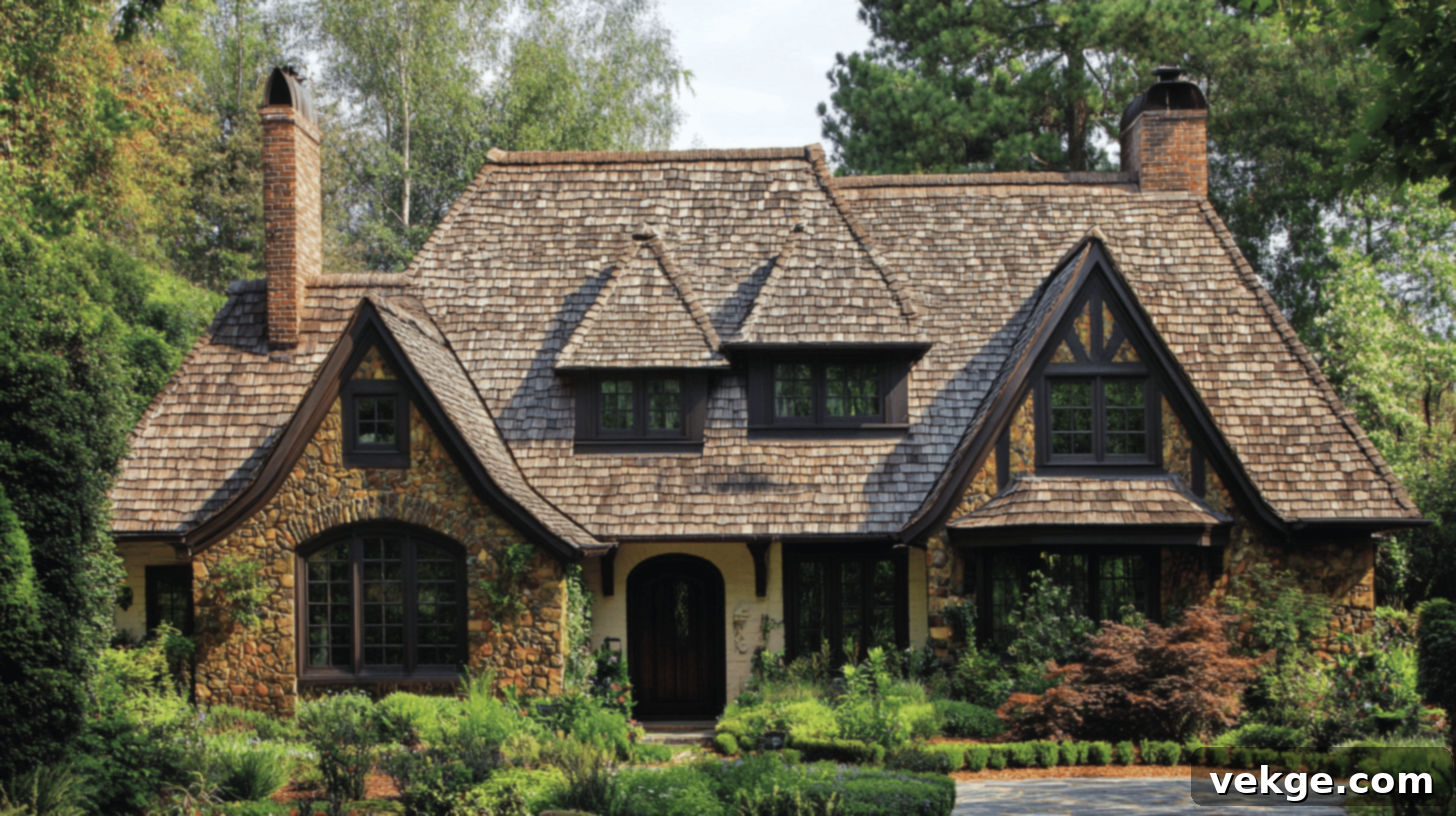
The roof is arguably the most defining element of an English cottage, instantly conveying its distinctive character. Most cottages feature impressively steep pitches, often ranging between a 12/12 and 16/12 ratio, which allows for efficient water runoff and creates a dramatic silhouette. These steep slopes are frequently adorned with one or two prominent front gables, adding visual interest and often housing functional spaces within the attic.
Integrated dormer windows are another common feature, cleverly adding both valuable interior space and abundant natural light without compromising the home’s traditional aesthetic. Perhaps the most iconic roof type is the traditional thatched roof, a testament to centuries of natural building techniques. Crafted from sustainably harvested water reed or meticulously laid straw, these roofs are renowned for their incredible insulating properties, lasting for decades. They create soft, rounded edges and often feature unique, decorative patterns at the ridge, handcrafted by skilled master thatch-makers, making each cottage a unique piece of art.
2. Facade Details: Walls That Tell a Story
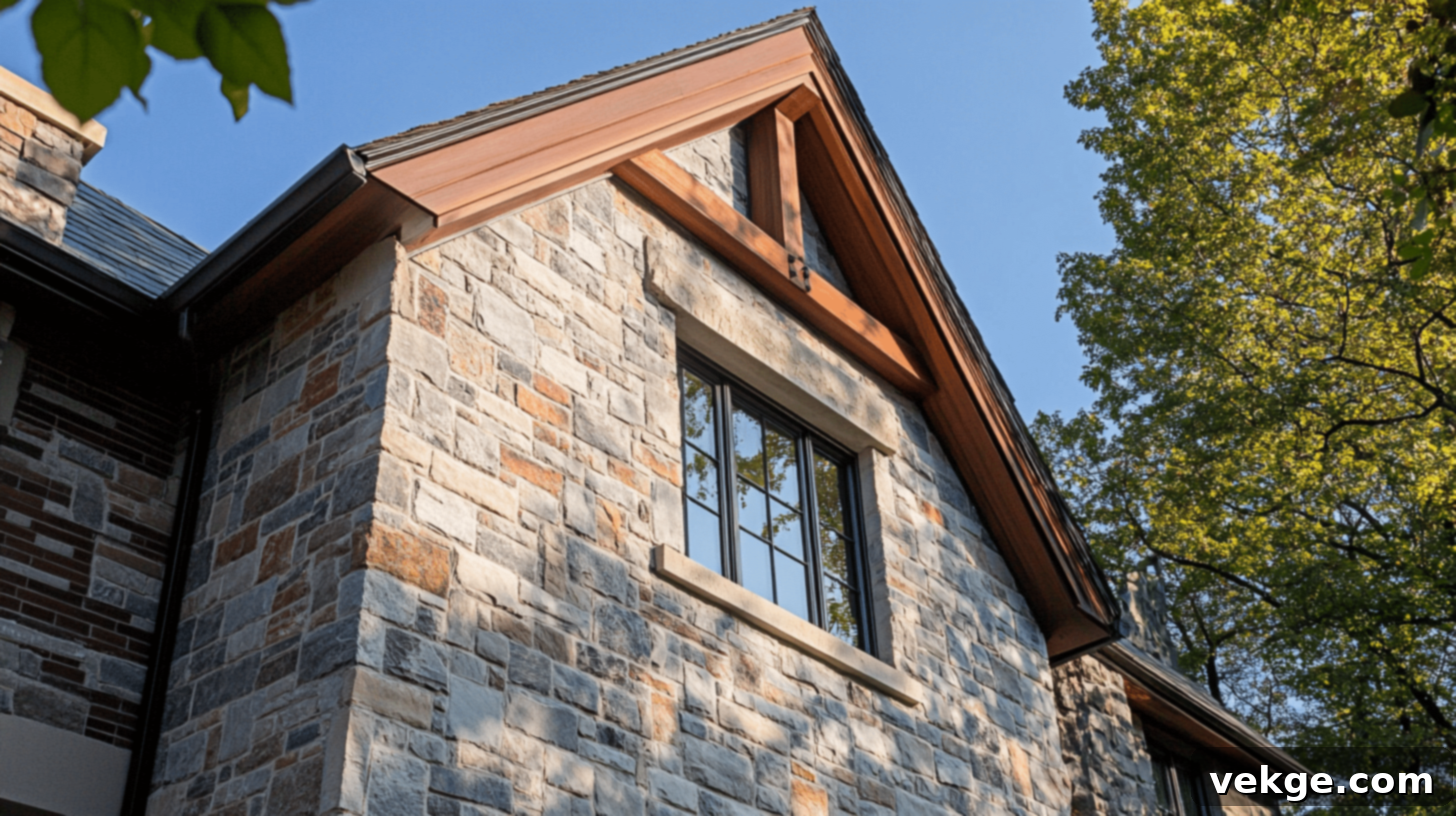
The walls of an English cottage are not merely structural; they are canvases that tell a rich story through their construction and choice of materials. You might encounter fascinating combinations of mixed stone and brick, where the varying textures and colors create a visually appealing patchwork. In some regions, especially in historical examples, exposed timber frames are visible, showcasing the ancient wattle and daub or brick infill techniques that were once commonplace.
Stonework often adheres to natural, organic patterns, reflecting the irregular shapes of locally quarried stone. This creates a deeply textured and authentic surface that feels connected to the earth. Brickwork, while often simple, can also incorporate specialized designs, such as elegant herringbone patterns or decorative Flemish bond arrangements, adding subtle layers of sophistication and craftsmanship to the facade. The overall effect is one of enduring strength and handcrafted beauty.
3. Windows and Doors: Inviting Entryways and Glimpses Within
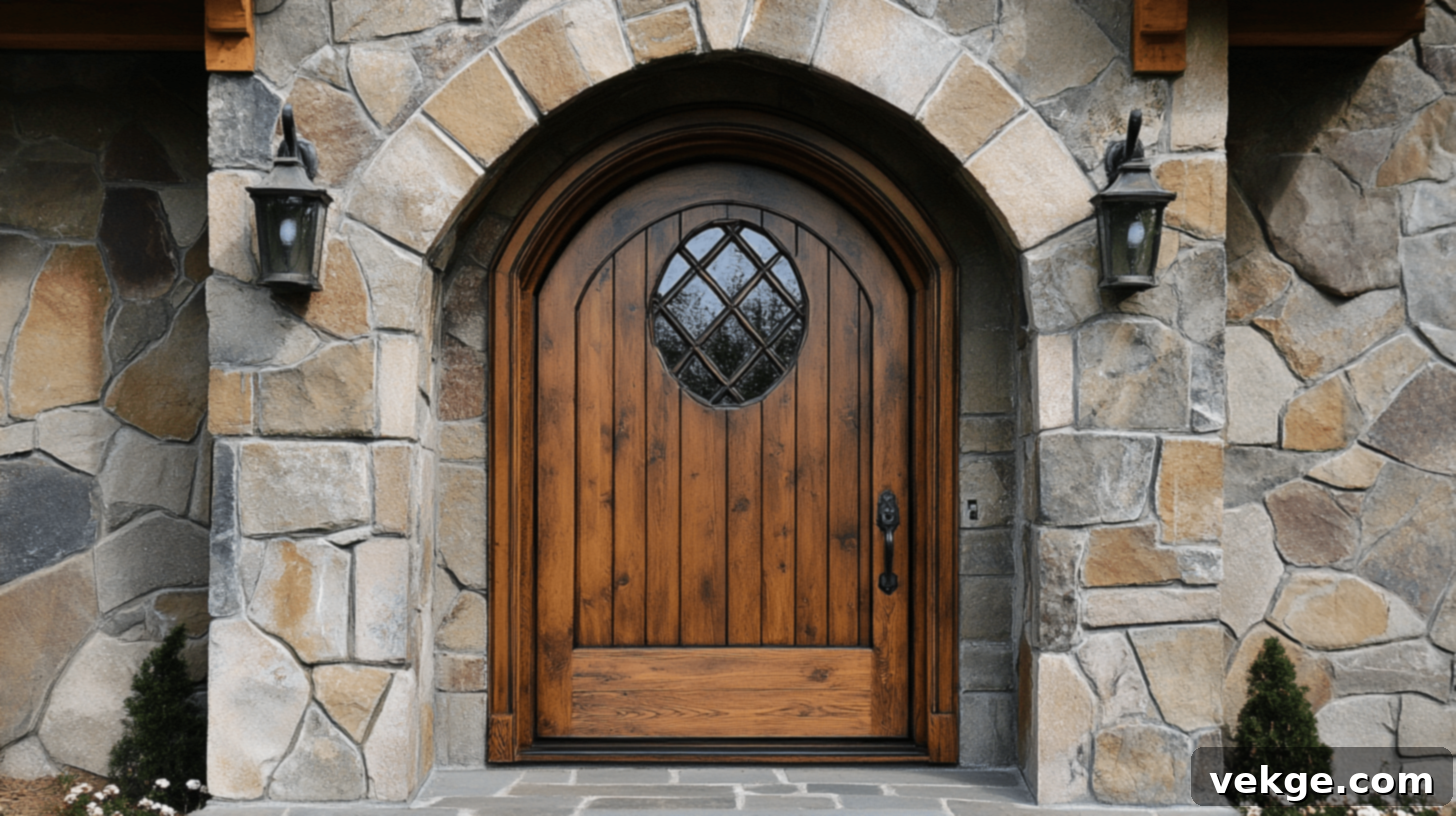
Windows in English cottages are typically designed with multiple small panes, or “lites,” separated by thin muntins, often arranged in classic grid or charming diamond patterns. These multi-pane windows, frequently casement or sliding sash types, enhance the historical character and contribute to the cottage’s quaint aesthetic. Doors, often serving as a focal point, commonly feature distinctive round or pointed arches, such as a traditional Tudor arch, which adds an element of architectural elegance and historical gravitas. They are typically crafted from solid, robust wood, often oak or pine, stained or painted to a rich finish, and adorned with simple, yet sturdy, iron hardware like latches and strap hinges, which speak to a bygone era of craftsmanship. Both windows and doors are usually set deep within thick, substantial walls, creating a sense of solidity and depth while also providing superior insulation.
Incorporating English Cottage Elements into Your Home
Exterior Materials: Building Authenticity

When selecting exterior materials, the overarching goal is to achieve a look that feels organic and harmonious with your home’s natural surroundings. Prioritize materials that possess inherent texture, warmth, and an aged quality. If using authentic, locally sourced stone isn’t feasible due to cost or availability, modern engineered stone veneers or high-quality brick can effectively replicate the desired aesthetic. The critical aspect is to choose materials that complement each other seamlessly, appearing as if they have always belonged together and have weathered gracefully over time. Consider rough-sawn timbers for accents or cladding, and explore sustainable options that offer both beauty and durability, contributing to the cottage’s long-lasting appeal.
Color Schemes: Painting a Picture of Charm
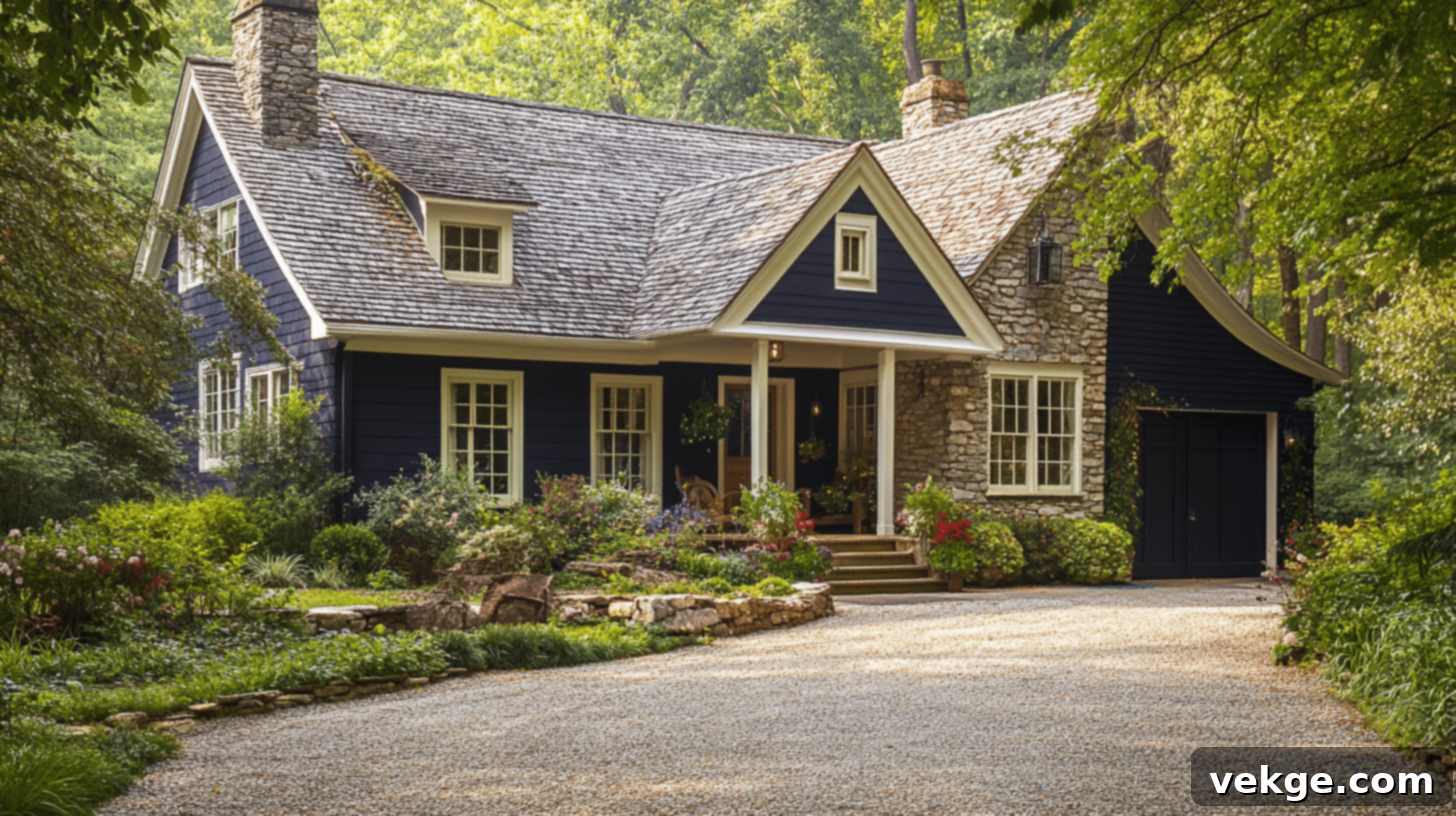
The quintessential English cottage palette is deeply rooted in nature, favoring soft, muted tones that evoke a sense of calm and permanence. Opt for primary wall colors in gentle whites, creamy off-whites, a spectrum of subtle stone grays, and warm, inviting browns. These foundational colors provide a serene backdrop that allows the architectural details and lush garden elements to truly shine. For accent features like front doors and window shutters, embrace deeper, more saturated hues such as classic navy blue, verdant forest green, or even a rich, earthy crimson. These bolder choices create focal points and add personality without overwhelming the natural aesthetic. Always ensure you select high-quality, weather-resistant exterior paints that offer excellent longevity and protection against the elements, preserving your cottage’s beauty for years to come.
Modern Interpretations of English Cottage Style
Blending Traditional and Contemporary: A Harmonious Evolution
The beauty of the English cottage style lies not only in its historical charm but also in its adaptability. Modern interpretations successfully integrate contemporary features while meticulously preserving the timeless appeal of old-world charm. For example, homeowners can incorporate energy-efficient double-pane windows and secure, modern doors that offer superior performance without sacrificing the traditional multi-pane look or arched forms. Smart home technology, while invisible, can be seamlessly woven into the fabric of the cottage. Thoughtful design choices, such as open-plan living areas that still maintain a sense of coziness through strategic furniture placement and material choices, can elegantly merge the best of both traditional and modern styles. The key is to select modern upgrades that enhance comfort and functionality while respecting and echoing the original architectural language.
Sustainable Practices: Building for the Future
Embracing sustainability is a natural fit for the English cottage aesthetic, which inherently values natural materials and a connection to the environment. When building or renovating, prioritize the use of eco-friendly, locally sourced materials whenever possible. Modern insulation techniques, such as spray foam or high-performance rigid boards, can significantly improve a cottage’s energy efficiency, keeping it warm in winter and cool in summer, all while maintaining its traditional appearance. High-efficiency windows and doors, rainwater harvesting systems, and even solar panels discreetly integrated into the roofline or garden can make a significant difference. These sustainable practices not only reduce environmental impact but also lower utility costs and enhance the overall comfort and liveability of the cottage, proving that classic style and modern efficiency can coexist beautifully.
Landscaping and Outdoor Spaces: The Soul of a Cottage
Cottage Gardens: Wild Beauty and Abundant Blooms
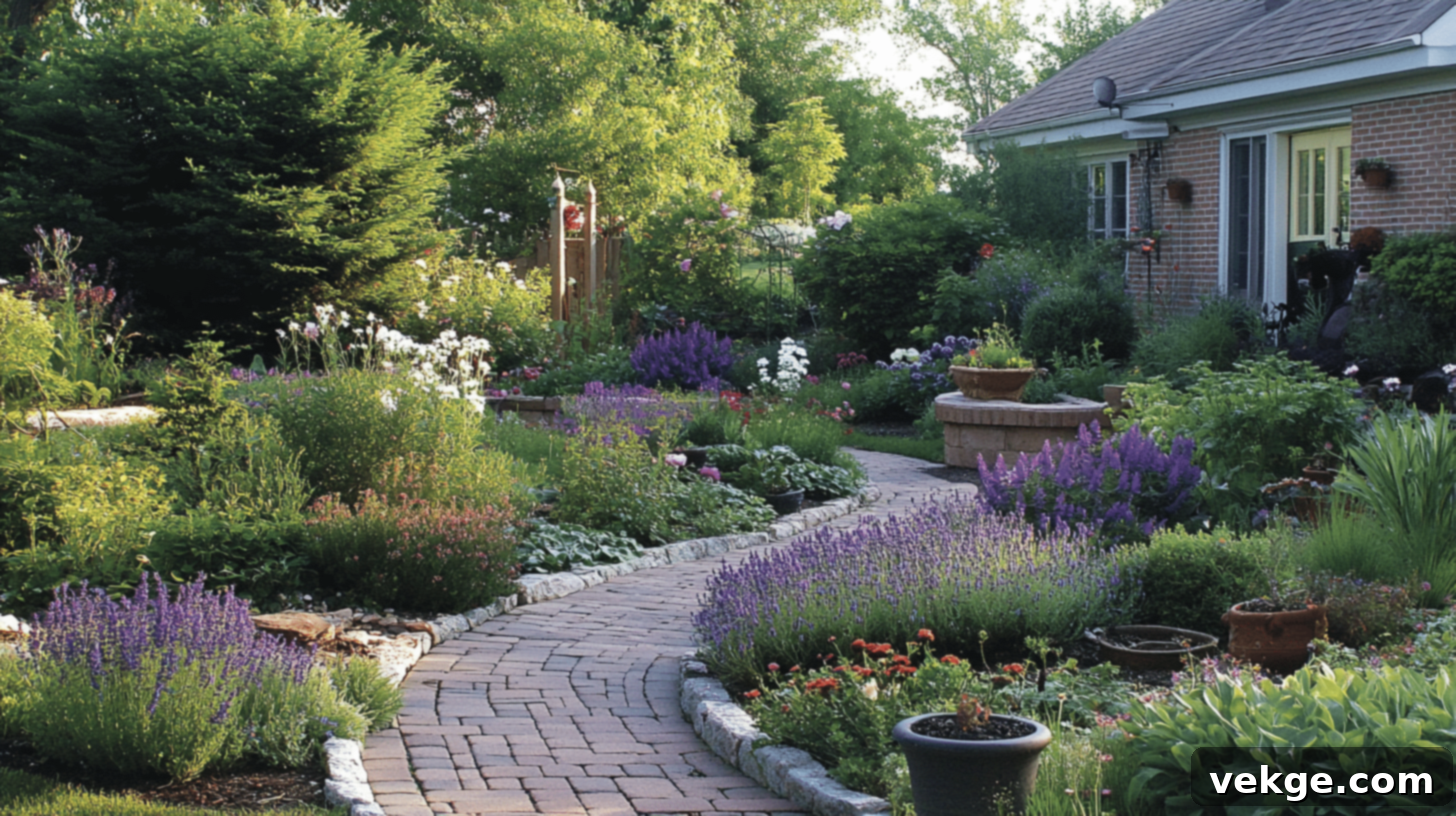
No English cottage is complete without its iconic garden, a seemingly wild yet artfully curated tapestry of flora that spills over paths and climbs walls. Embrace an informal, abundant planting style. Plant classic cottage favorites like fragrant roses (climbing and shrub varieties), soothing lavender, cheerful delphiniums, foxgloves, and a riot of self-seeding annuals. Encourage climbing plants such as wisteria, ivy, or climbing hydrangeas to soften walls and blur the lines between architecture and nature. Design garden beds with soft, meandering curves rather than rigid straight lines, creating a sense of organic flow. Mix a diverse array of flowers, fragrant herbs (like rosemary and thyme), and small, textural shrubs to achieve a natural, layered look that changes beautifully with the seasons. Think “controlled chaos” – a garden that feels established, vibrant, and always inviting.
Pathways and Fencing: Guiding and Defining
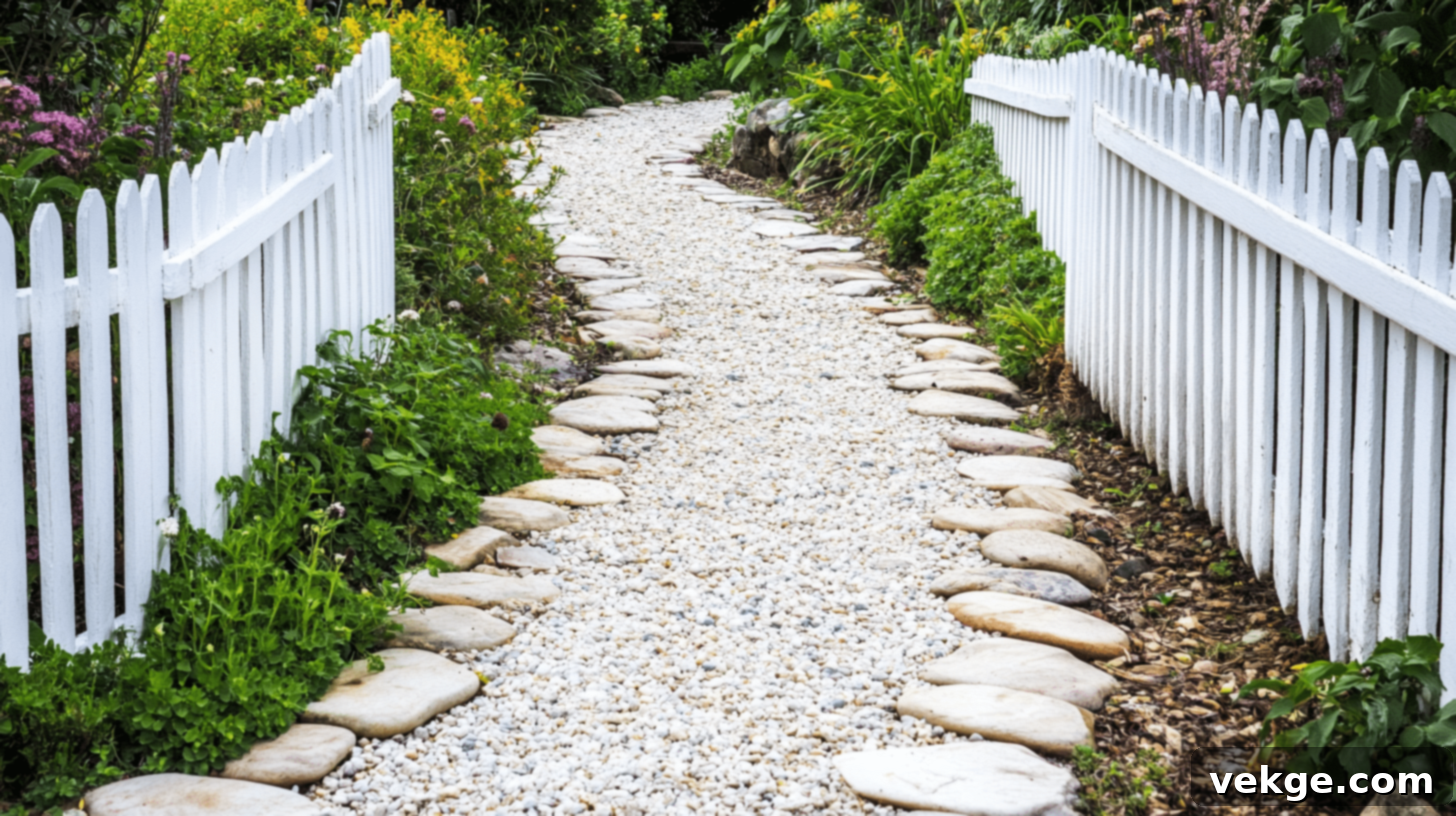
Pathways in a cottage garden should evoke a sense of discovery and gentle movement. Opt for natural materials such as crushed gravel, irregular flagstones, or reclaimed brick, laid in an informal pattern. Design paths that curve gently towards the front door, inviting visitors to explore rather than rushing them. This organic approach enhances the romantic, unpretentious feel of the cottage. For fencing, classic white picket fences are a popular choice, providing a charming boundary without being overly imposing. Alternatively, consider rustic wooden gates, dry stone walls, or even living hedges to define outdoor spaces. The goal is to create a sense of enclosure and privacy that complements the natural style, rather than detracting from it with overly formal or modern barriers.
DIY Projects and Quick Improvements for Cottage Appeal
1. Adding Shutters and Window Boxes: Instant Charm
Transform plain windows by installing functional, or even purely decorative, shutters that are sized correctly to match your window openings. Choose materials like wood that can be painted in an accent color. Below each window, add classic window boxes overflowing with colorful, seasonal plants. Geraniums, petunias, pansies, and cascading ivy can instantly bring life and vibrant color to an otherwise unadorned facade, creating that beloved cottage aesthetic.
2. Decor Accents: The Finishing Touches
Strategic decor accents can significantly enhance your home’s cottage appeal. Install vintage-style lanterns near entryways and along pathways to cast a warm, inviting glow at night. Replace modern hardware on doors and gates with simple, rustic iron handles, hinges, and latches that evoke a sense of history. Choose house numbers and signs crafted from wrought iron, carved wood, or aged brass that harmoniously blend with the overall cottage style, adding personalized charm.
3. Simple Landscaping Projects: Green Transformations
Even small landscaping efforts can yield significant results. Start by creating a compact, informal flower bed near your main entrance, planting a mix of low-maintenance perennials and annuals. Erect a simple wooden trellis against a blank wall or near a doorway and train climbing roses, clematis, or jasmine to grow up it. These quick projects are relatively easy to implement but can dramatically alter the perception of your home, drawing the eye and welcoming visitors with their natural beauty.
Restoring and Maintaining Historical Accuracy
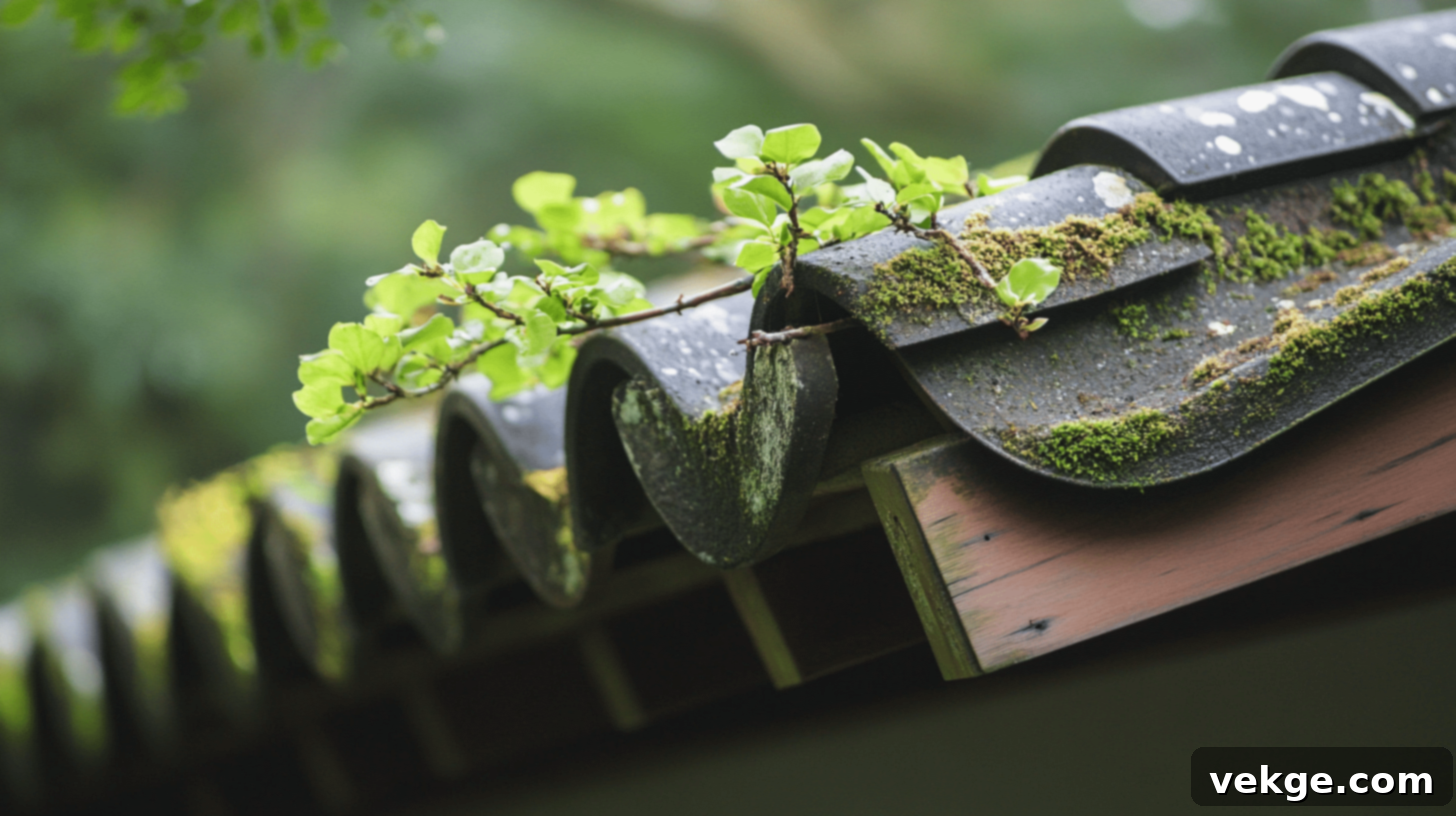
Techniques for Restoring Original Features: Preserving Heritage
For those fortunate enough to own a historic English cottage, restoration is a journey of discovery and preservation. The paramount principle is to seek out and utilize materials that precisely match the original ones used in your home’s construction. This might involve sourcing reclaimed stone, antique brick, or specialty wood. Learn and apply proper historical repair techniques for old stone masonry, timber framing, and traditional renders like lime wash. This ensures that repairs are not only durable but also maintain the authentic character and patina of the original structure. Consulting with historic preservation experts or architects specializing in period homes can provide invaluable guidance.
Regular Maintenance Tips: Longevity and Beauty
Consistent, proactive maintenance is crucial for the longevity and enduring beauty of an English cottage. Regularly inspect roofs and exterior walls, paying particular attention to potential vulnerabilities before the onset of winter weather. Clear gutters and downspouts frequently to prevent water damage and ensure proper drainage. Address small issues like cracked mortar, peeling paint, or loose roof tiles promptly before they escalate into more significant, costly problems. For wooden elements, ensure timely painting, staining, or sealing to protect them from moisture and UV degradation. A well-maintained cottage doesn’t just look good; it stands as a testament to diligent care and respect for its heritage.
Enhancing Curb Appeal: A Welcoming First Impression
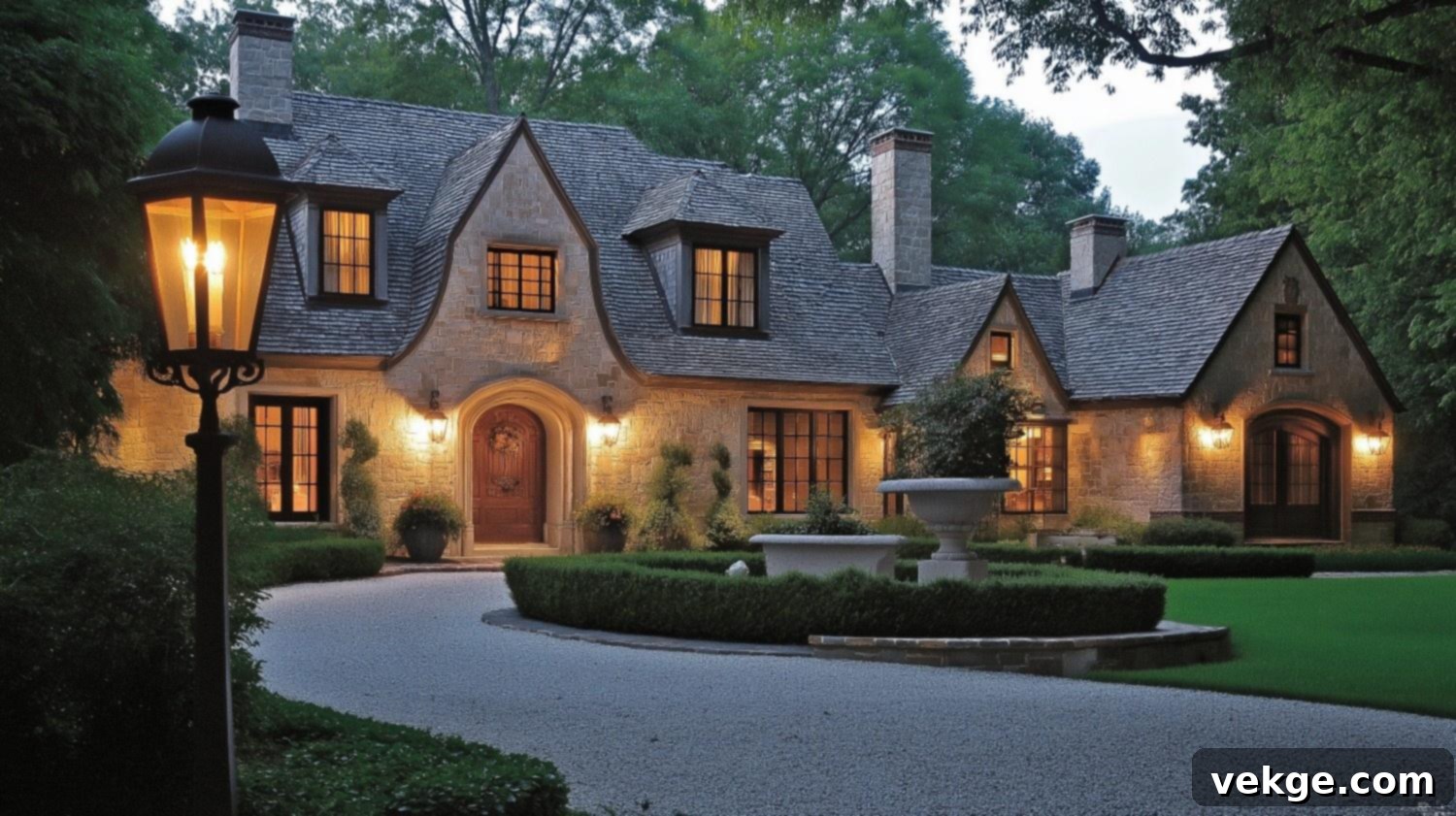
Lighting Solutions: Illuminating Charm
Thoughtful outdoor lighting can dramatically enhance the curb appeal of your English cottage, especially after dusk. Opt for wall-mounted lights that mimic the timeless design of old-world lanterns or carriage lamps. Strategically place these fixtures to highlight key architectural features, such as an arched doorway, textured stone facade, or a beautifully crafted window. Path lights can guide visitors safely along winding garden paths, while subtle uplighting can emphasize mature trees or climbing plants. The aim is to create a warm, inviting glow that extends the cottage’s charm into the evening hours.
Entranceway Styling: A Warm Welcome
The entranceway of your cottage is its most direct invitation. Enhance its appeal by adding comfortable, rustic-style seating to your porch or near the front door, such as a sturdy wooden bench or a pair of wrought-iron chairs, perhaps adorned with cozy cushions. Choose a door knocker and handle set that possesses an aged, traditional look, making it feel as though it has always been a part of the home. Keep decorations simple yet welcoming – a classic doormat, a seasonal wreath, or a potted plant can add significant charm without clutter. The goal is to create an entry that feels genuinely hospitable and reflective of the warmth within.
The enduring beauty of English cottage style stems from its authentic use of natural materials, its emphasis on skilled craftsmanship, and its elegantly simple yet robust design choices. By thoughtfully integrating these guidelines and embracing the philosophy behind this cherished architectural tradition, you can successfully create a home that feels both deeply rooted in history and wonderfully comfortable for modern living. It’s a style that promises character, warmth, and a timeless appeal that will be enjoyed for generations.
Fun Facts About English Cottage Design
Here are some interesting and often surprising facts that highlight the cleverness and history behind English cottage design:
- The Name’s Origin: The word “cottage” itself has deep historical roots, deriving from “cotter.” These were medieval farmers or agricultural laborers who resided in small houses on a lord’s estate in exchange for working his land, establishing the humble beginnings of this beloved style.
- Smart Thatching: Traditional thatched roofs, predominantly made from durable water reed, boast an impressive lifespan, often lasting 60 years or more with proper care. However, the decorative top ridge, which provides both weather protection and a distinctive aesthetic, typically requires replacement every 8-10 years, explaining the unique patterns often seen at the peak of these charming roofs.
- Window Tax History: A curious historical detail, many old English cottages feature surprisingly few windows. This wasn’t due to a lack of building skill but a direct consequence of the “Window Tax,” levied between 1696 and 1851. This tax, imposed based on the number of windows a property had, led homeowners to brick up existing windows or build with fewer openings, giving rise to the famous saying “daylight robbery”!
- Local Colors: The predominant colors of historic cottages frequently serve as a visual indicator of their geographical origins. For instance, cottages built near rich ochre quarries often exhibit yellowish or golden hues, while those in iron-rich areas showcase stones with distinct reddish tones, a direct reflection of local geology.
- Garden Science: The romantic climbing roses, ivy, and other plants so integral to cottage walls aren’t solely for their aesthetic beauty. They perform a practical function, acting as a natural insulation layer that helps keep homes cooler during the summer months and provides an additional barrier against the cold in winter.
- Chimney Placement: The characteristically large chimneys found in English cottages were far more than decorative. They were frequently constructed into the very center of the house’s structure, strategically designed to efficiently heat multiple rooms simultaneously and to help keep the adjacent thatched roof dry by radiating warmth.
- Door Design: The archetypal cottage door often featured a distinctive horizontal split, creating what is commonly known as a “Dutch door.” This ingenious design allowed the top half to be opened, inviting fresh air and light into the home, while the bottom half remained closed, effectively keeping curious farm animals out.
- Stone Stories: The charmingly irregular and random-sized stones often seen in many cottage walls are a testament to the resourcefulness of early builders. They utilized whatever stone was readily available and could be found locally, leading to unique, organic patterns that became an inherent and celebrated part of the style.
- Smart Flowers: Window boxes, while undeniably decorative, also served a functional purpose in historic cottages. Herbs and strongly scented flowers planted in them were believed to deter insects from entering the home and provided a convenient, fresh supply of seasonings for daily cooking.
- Building Methods: Surprisingly, some cottage walls are intentionally built with a slight crookedness or lean! Early builders sometimes constructed one side marginally higher to facilitate more effective rainwater runoff from the roof, a practical solution that added to their quirky charm.
Final Words: Embracing Your Cottage Dream
The English cottage style is a profound celebration of natural beauty, meticulous craftsmanship, and timeless design principles. Its rugged stone walls, dramatically steep roofs, and riotously blooming gardens coalesce to create homes that feel deeply grounded, undeniably inviting, and utterly charming. These houses stand as compelling proof that truly exceptional design doesn’t necessarily require immense scale or intricate complexity to achieve breathtaking beauty and comfort.
Embarking on your own cottage-style project, whether it’s a new build or a thoughtful renovation, might initially appear to be a monumental undertaking. However, the essence of cottage design encourages a gradual, organic approach. You can begin with small, impactful steps. Perhaps you’ll add delightful window boxes brimming with vibrant flowers, paint your front door a rich, inviting color that complements your exterior, or plant a simple yet enchanting garden along your walkway. Each deliberate change, no matter how minor, brings you closer to realizing that coveted, cozy cottage look and feel.
Remember, one of the most remarkable aspects of cottage style is its ability to mature and improve with age. As your garden flourishes and expands, and as the natural materials of your home gracefully weather and develop a rich patina, your residence will progressively develop its own unique, deeply personal character. This evolving beauty ensures your English cottage remains a cherished and timeless haven for generations to come.
Frequently Asked Questions (FAQs) About English Cottage Style
How Does English Cottage Differ From French Cottage Style?
English cottage style is generally characterized by its often asymmetrical designs, the prominent use of natural local stone or brick, and distinctive steep, sometimes thatched, roofs. It frequently features multi-pane windows and a somewhat quaint, often rustic, aesthetic. In contrast, French cottage (often referring to Provençal or farmhouse styles) typically emphasizes stucco walls, terracotta tiled roofs, a more symmetrical layout, and often features softer, pastel color palettes. French cottages tend to have a slightly more refined or elegant rustic feel compared to their English counterparts.
How Can I Make My Home’s Exterior Look Like a Cottage?
To give your home’s exterior an English cottage appearance, focus on integrating several key elements. Start by incorporating natural materials like stone veneer, reclaimed brick, or even a textured render for the walls. Emphasize a steep-pitched roof, possibly adding front-facing gables or charming dormer windows. Install multi-pane windows, ideally casement style, and a solid wood front door with an arch or traditional iron hardware. Crucially, cultivate a lush, informal cottage garden with climbing plants (like roses or ivy), abundant flowers, and meandering pathways to complete the enchanting look.
What Is the Difference Between English Cottage and Farmhouse Style?
While both styles evoke rustic charm, English cottage style is typically more quaint, picturesque, and often features more ornate or decorative details, such as intricate rooflines, arched doorways, and a focus on charming, sometimes whimsical, elements. It leans into a romanticized, storybook aesthetic. Farmhouse style, whether American or European, is generally more rustic, practical, and focuses heavily on functionality, simplicity, and durability. Farmhouses often feature larger, more rectangular footprints, simpler gabled roofs, and fewer decorative flourishes, prioritizing utility and a connection to agricultural life over purely aesthetic quaintness.
